13 Best Places to Visit in Arizona
Introduction
Arizona is a state known for its diverse and awe-inspiring landscapes, offering something for every type of traveler. The Grand Canyon’s immense beauty, Sedona’s striking red rock formations, and the serene waters of Lake Powell are just a few highlights. Visitors can also immerse themselves in the ancient wonders of Monument Valley and explore the historical significance of Mission San Xavier del Bac. With its array of natural and cultural attractions, Arizona promises a rich and varied experience. Now, let’s dive into the specific places that make this state an exceptional travel destination.
Grand Canyon Natinol Park
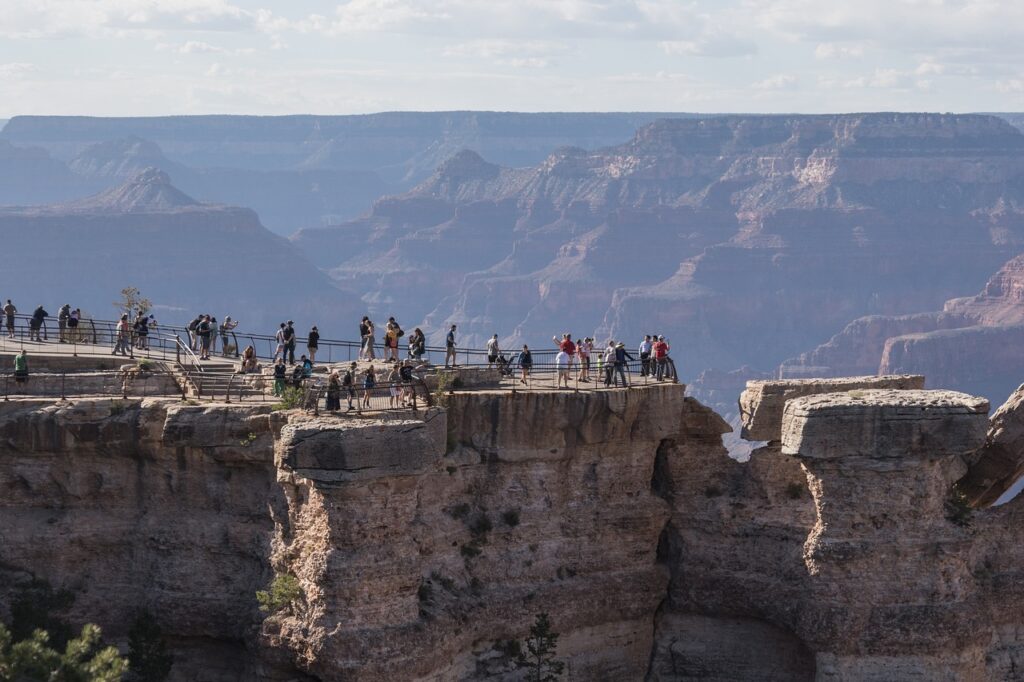
Grand Canyon National Park is one of the most iconic natural wonders in the United States, located in northern Arizona. Spanning over 1.2 million acres, the park is renowned for its vast, mile-deep gorge carved by the Colorado River. The Grand Canyon’s stunning vistas and intricate rock layers offer a breathtaking glimpse into Earth’s geological history. Visitors flock to the South Rim, which is open year-round and provides access to scenic viewpoints, hiking trails, and educational exhibits.
The less-visited North Rim offers a more tranquil experience, with equally dramatic landscapes and unique wildlife encounters. Whether exploring the canyon’s depths or taking in panoramic views, Grand Canyon National Park provides an awe-inspiring connection to the natural world.
Tombstone
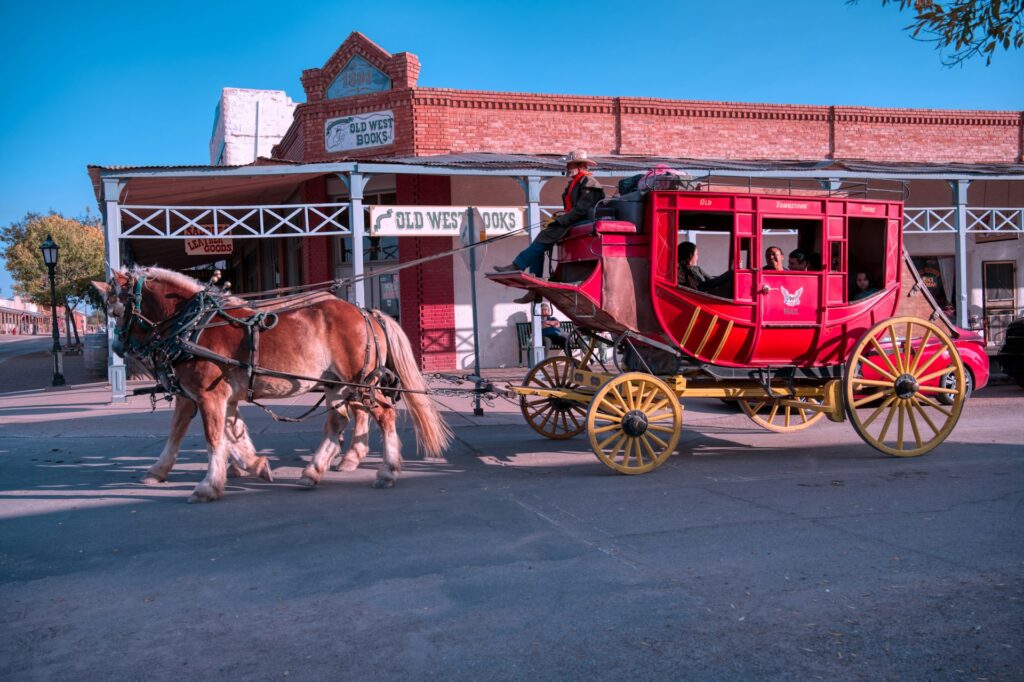
This is a historic town in southeastern Arizona, famous for its Wild West heritage and the legendary gunfight at the O.K. Corral. Established in 1879 during a silver mining boom, Tombstone quickly became one of the most notorious towns in the American West, attracting lawmen, outlaws, and fortune seekers. Today, it serves as a living museum, preserving the spirit of the Old West with its well-preserved 19th-century buildings, boardwalks, and saloons.
Visitors to Tombstone can explore iconic sites such as the Bird Cage Theatre, a former opera house and gambling den, and Boothill Graveyard, where many of the town’s most famous residents are buried. Reenactments of the famous gunfight and other events offer a glimpse into the rough-and-tumble life of the frontier. With its rich history and colorful past, Tombstone remains a popular destination for those interested in the legends of the Wild West.
Sedona
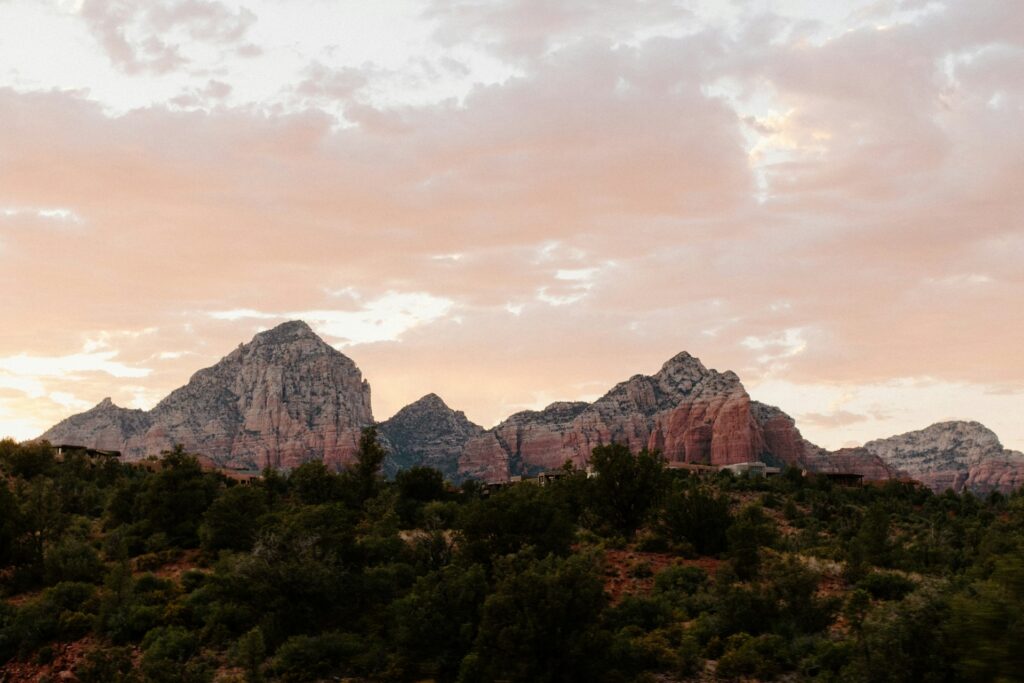
Sedona is a picturesque town in northern Arizona, famous for its stunning red rock formations and vibrant arts scene. Nestled among towering sandstone cliffs, Sedona offers a unique blend of natural beauty and cultural richness. Visitors can explore a variety of hiking trails that meander through the red rocks, providing breathtaking views and glimpses of ancient Native American ruins. The town is also known for its thriving arts community, with numerous galleries, shops, and events showcasing local talent.
In addition to its scenic landscapes, Sedona is considered a spiritual hub, attracting those seeking wellness retreats and healing experiences. The area’s renowned vortex sites are believed to be centers of energy, drawing visitors for meditation and reflection.
Mission San Xavier del Bac
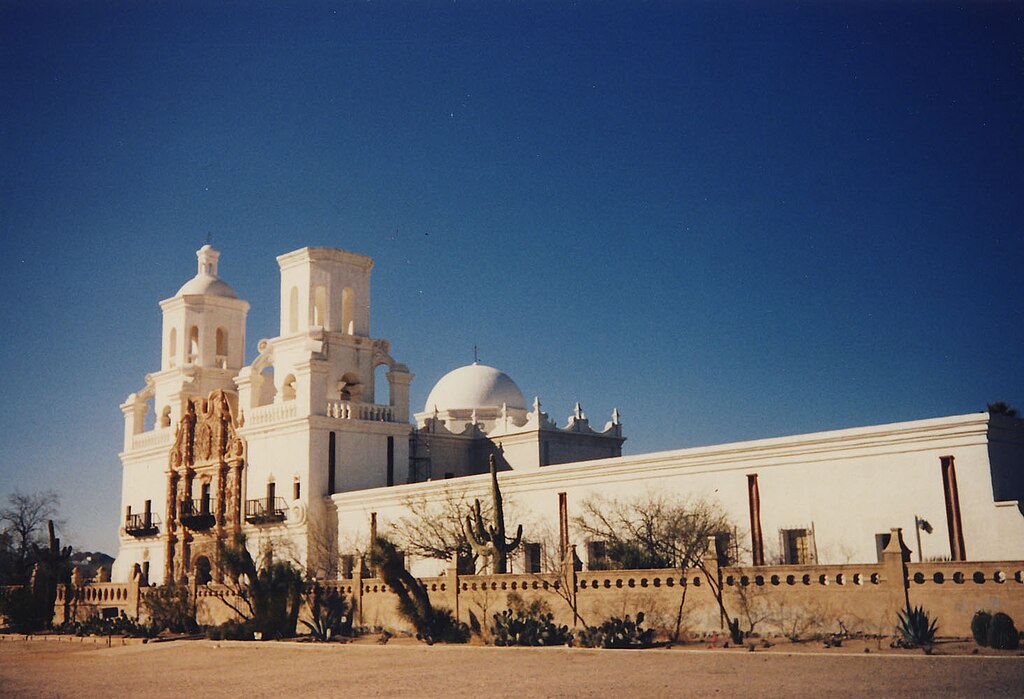
Mission San Xavier del Bac, located near Tucson, Arizona, is a historic Spanish mission known for its stunning baroque architecture and rich cultural heritage. Established in 1692 and completed in 1797, the mission is often referred to as the “White Dove of the Desert” due to its striking white façade and elaborate detailing. The mission’s architecture features ornate stucco work, intricate murals, and a beautifully preserved interior that reflects the Spanish colonial period.
Visitors can explore the mission’s church, which continues to serve as an active parish, and admire the historic artwork and artifacts that offer insight into the mission’s religious and cultural significance. The mission’s serene setting and historical importance make it a significant landmark for those interested in Arizona’s colonial history and architectural heritage.
https://eskapas.com/tour/best-of-american-west/
Antelope Canyon
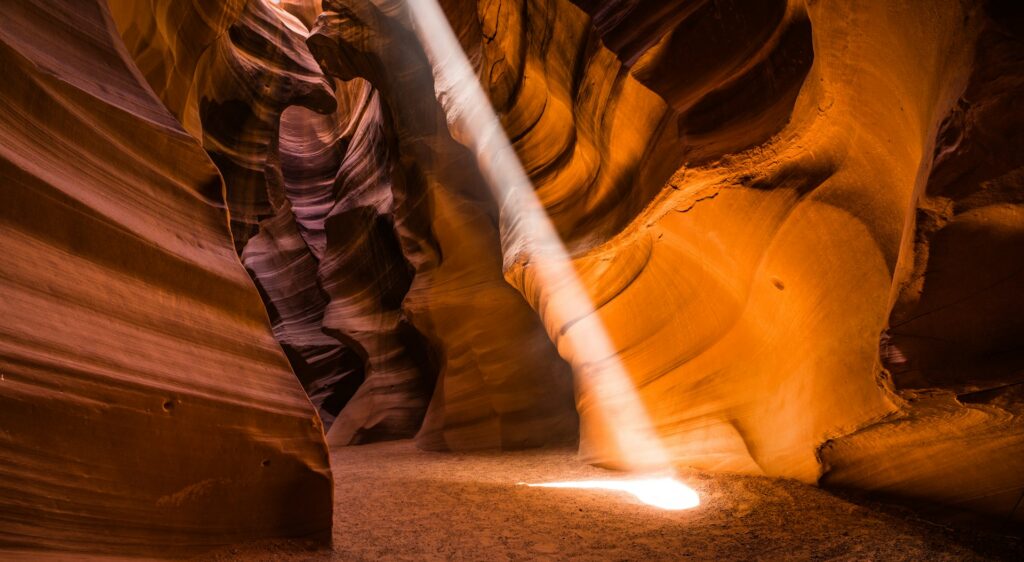
Antelope Canyon is one of Arizona’s most mesmerizing natural wonders, located near the town of Page on Navajo land. This narrow slot canyon is famous for its wave-like sandstone walls and the striking beams of light that filter down from above, creating a surreal and captivating atmosphere. The canyon is divided into two sections: Upper Antelope Canyon, known for its easy access and dramatic light beams, and Lower Antelope Canyon, which offers a more adventurous experience with narrow passageways and ladders.
Visitors are guided through the canyon by Navajo guides, who share the cultural and geological significance of this unique landscape. The play of light and shadow on the canyon walls makes Antelope Canyon a popular spot for photographers and nature enthusiasts alike. Its ethereal beauty and spiritual ambiance make it a must-see destination for anyone exploring the American Southwest.
Heard Museum
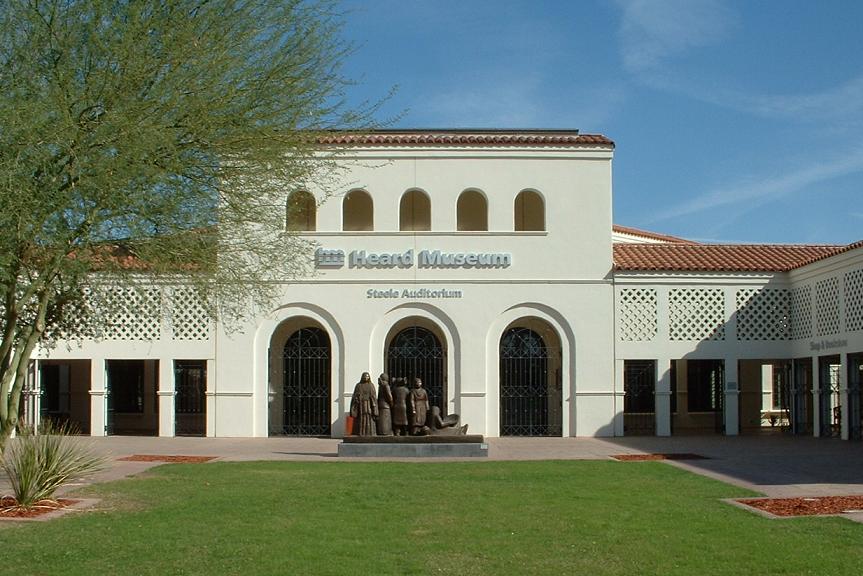
Heard Museum in Phoenix, Arizona, is a renowned institution dedicated to the art, history, and culture of Native Americans, particularly those from the Southwest. Founded in 1929, the museum showcases an extensive collection of traditional and contemporary Native American art, including pottery, textiles, jewelry, and sculptures. Its exhibits also highlight the history, traditions, and modern lives of Indigenous peoples, offering visitors a comprehensive understanding of their rich cultural heritage.
The museum is particularly known for its focus on the experiences and stories of Native American communities, including a poignant exhibit on Indian boarding schools. With its blend of art, history, and cultural education, the Heard Museum provides an enriching experience that celebrates the diversity and resilience of Native American cultures.
Musical Instrument Museum
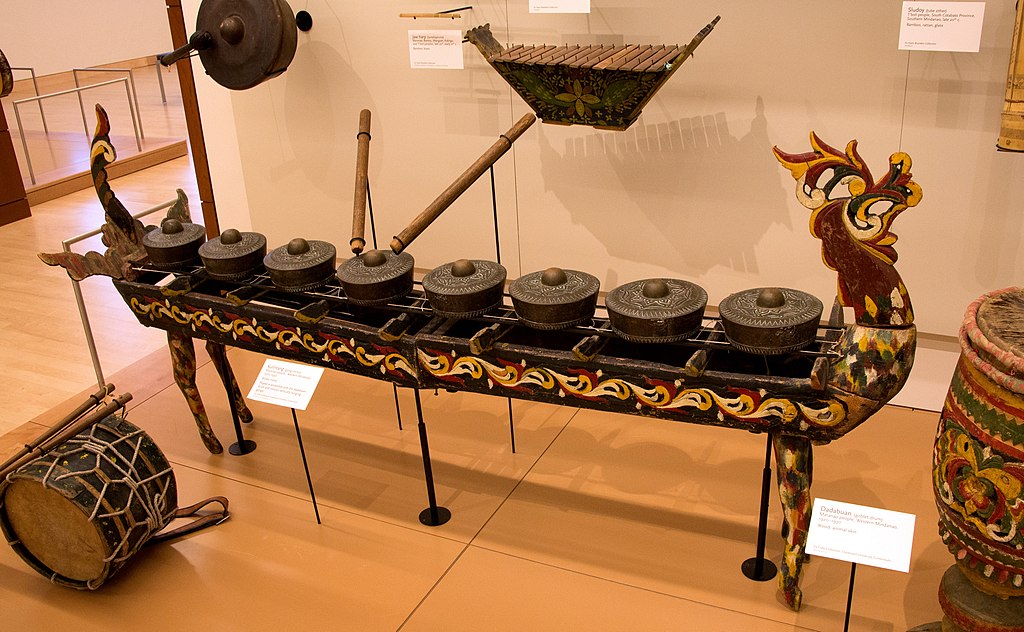
The Musical Instrument Museum (MIM) in Phoenix, Arizona, is one of the most unique museums in the world, offering an immersive journey through the global history of music. Opened in 2010, MIM houses a vast collection of over 8,000 instruments from around 200 countries and territories, showcasing the rich diversity of musical traditions across the globe. Visitors can explore galleries organized by geographic regions, where they can see and hear instruments played in their cultural contexts, thanks to interactive displays and high-quality audio-visual presentations.
MIM also features the Artist Gallery, which highlights instruments played by legendary musicians, including Elvis Presley and John Lennon. The Experience Gallery allows visitors to play various instruments themselves, adding a hands-on dimension to the visit. With its comprehensive and interactive exhibits, MIM provides a fascinating exploration of the universal language of music, making it a must-visit for music lovers and cultural enthusiasts alike.
Monument Valley
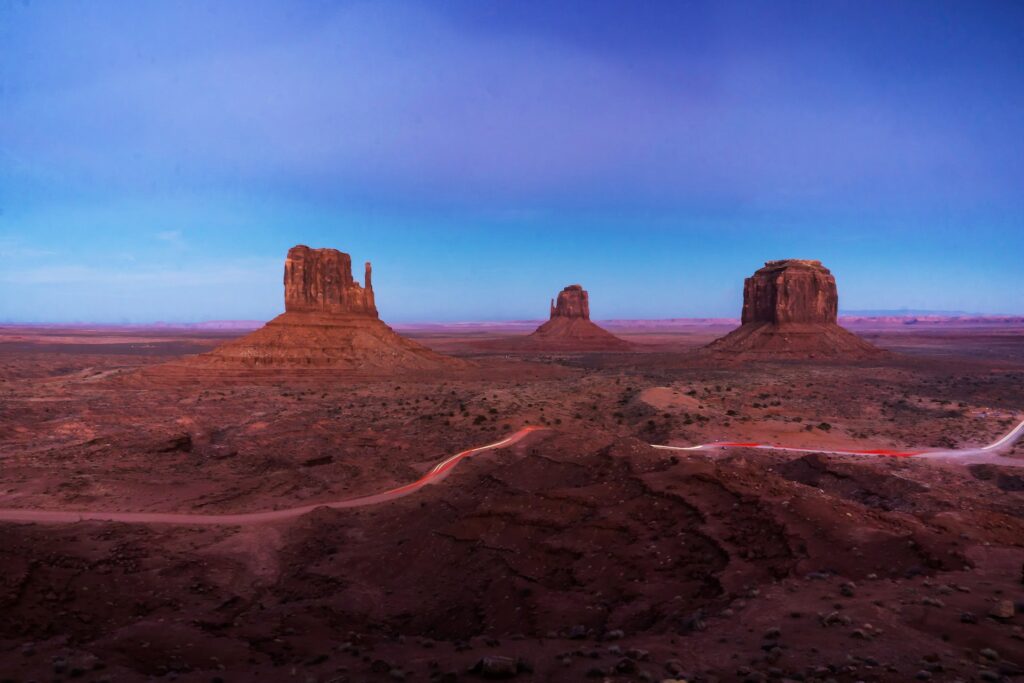
Monument Valley is a striking desert region located on the Arizona-Utah border, renowned for its dramatic and iconic landscapes. This vast expanse features towering sandstone buttes and mesas that rise majestically from the arid plain, creating a stunning panorama that has become synonymous with the American West. The area has been prominently featured in numerous films and photographs, particularly those set in Westerns.
Visitors to Monument Valley can explore its breathtaking vistas through guided tours led by Navajo guides, who provide insights into the area’s cultural and geological significance. The landscape is not only visually captivating but also holds deep spiritual meaning for the Navajo people. With its unique rock formations and expansive skies, Monument Valley offers an unforgettable experience and a profound connection to the natural beauty of the American Southwest.
Lake Powell
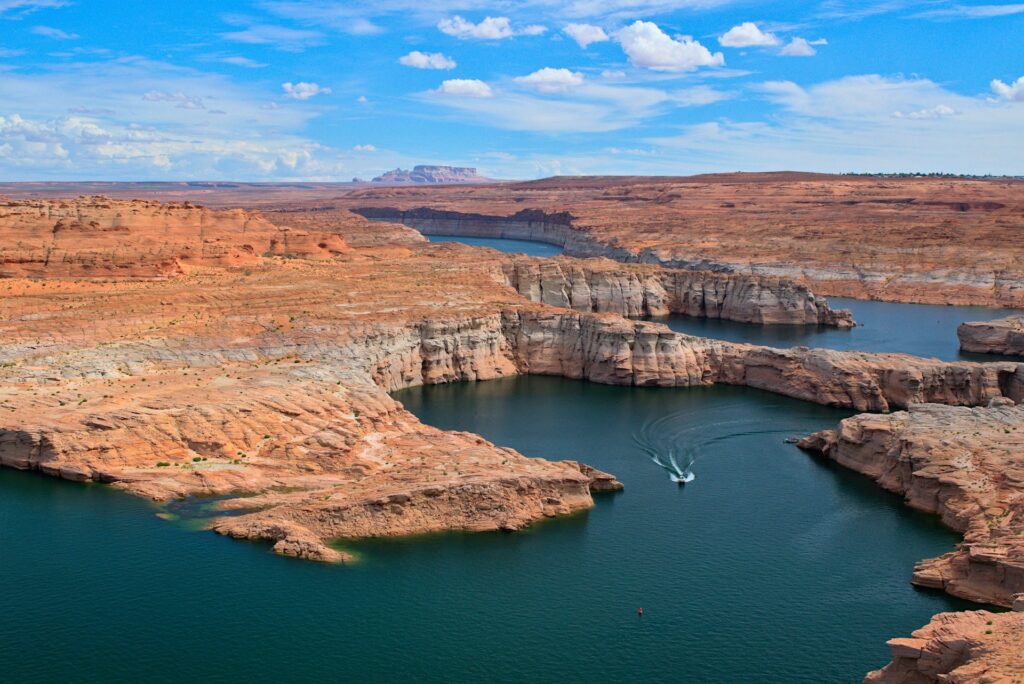
Lake Powell is a vast reservoir located on the Colorado River, straddling the border between Arizona and Utah. Created by the construction of the Glen Canyon Dam, it stretches over 186 miles and features striking red rock canyons and numerous sandstone formations. Lake Powell is a popular destination for water-based activities such as boating, fishing, and water skiing, offering visitors a scenic playground with its clear blue waters and dramatic desert landscape.
The lake’s many inlets and coves provide opportunities for exploration and relaxation, while the surrounding area boasts stunning geological formations and rich wildlife. Visitors can also enjoy guided tours of the lake and nearby Glen Canyon, experiencing the natural beauty and historical significance of this iconic reservoir. Lake Powell’s combination of striking scenery and recreational opportunities makes it a favorite destination for outdoor enthusiasts and nature lovers.
Petrified Forest National Park
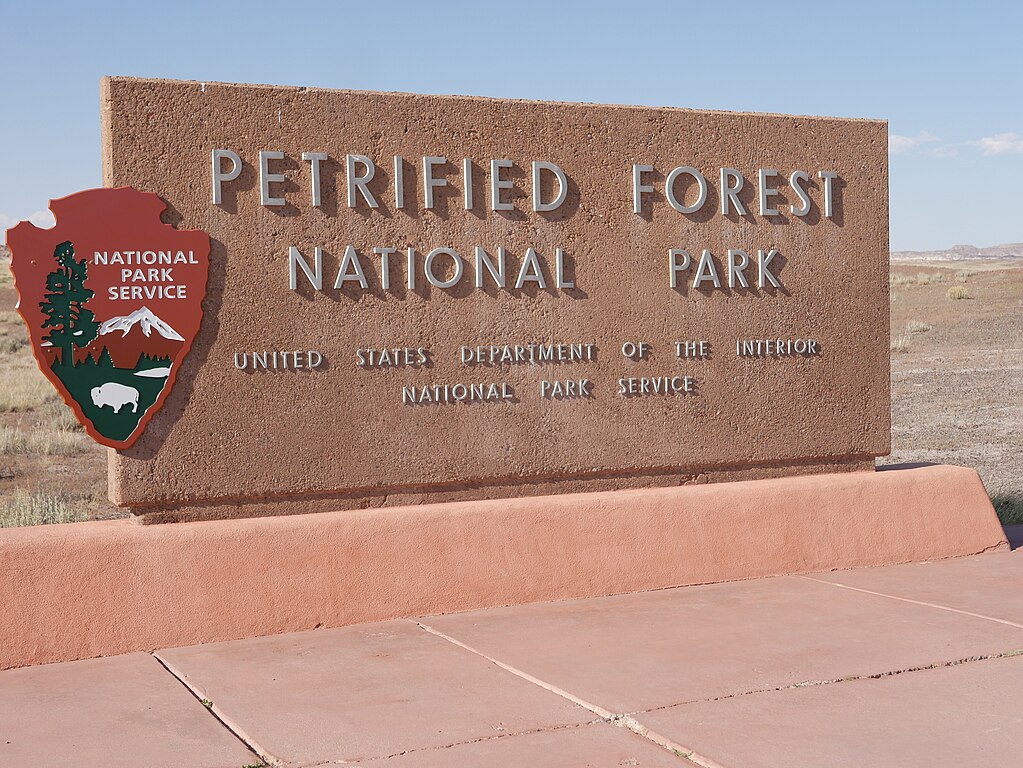
Petrified Forest National Park, located in northeastern Arizona, is renowned for its remarkable collection of petrified wood and ancient fossilized remains. The park features one of the largest and most colorful concentrations of petrified wood in the world, with logs that have turned into vibrant, mineralized stone over millions of years. The landscape is characterized by colorful badlands, expansive mesas, and unique geological formations.
Visitors can explore a variety of trails and viewpoints, such as the Painted Desert and Blue Mesa, which offer stunning vistas of the park’s diverse terrain. The park also includes significant archaeological sites and ancient petroglyphs, providing insight into the area’s cultural and natural history. With its fascinating geological features and rich fossil record, Petrified Forest National Park offers an extraordinary glimpse into Earth’s ancient past.
Saguaro National Park
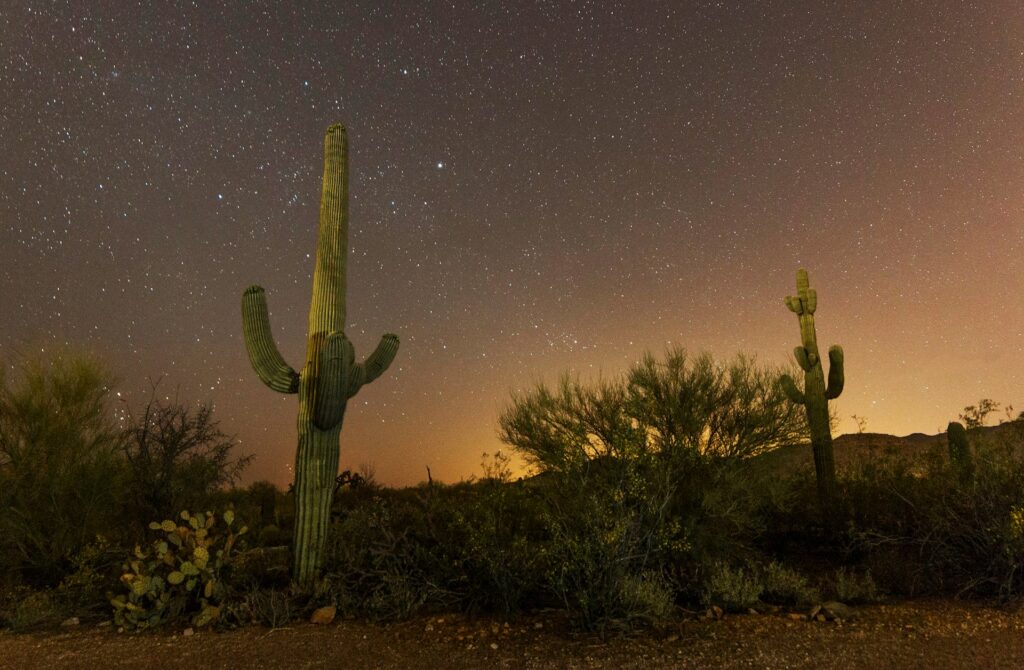
Saguaro National Park, located near Tucson, Arizona, is renowned for its iconic saguaro cacti, which are native to the Sonoran Desert. The park encompasses two separate districts: the Rincon Mountain District to the east and the Tucson Mountain District to the west. These areas showcase the diverse desert landscape, featuring towering saguaros, rugged mountain ranges, and an array of desert flora and fauna.
Visitors can enjoy scenic drives, hiking trails, and educational programs that highlight the unique ecosystem of the Sonoran Desert. The park’s distinctive cacti, which can grow up to 40 feet tall and live for over 150 years, create a striking and picturesque environment. Saguaro National Park offers opportunities for wildlife observation, including sightings of desert animals like coyotes and Gila monsters, making it a captivating destination for nature enthusiasts and outdoor adventurers.
Horseshoe Bend
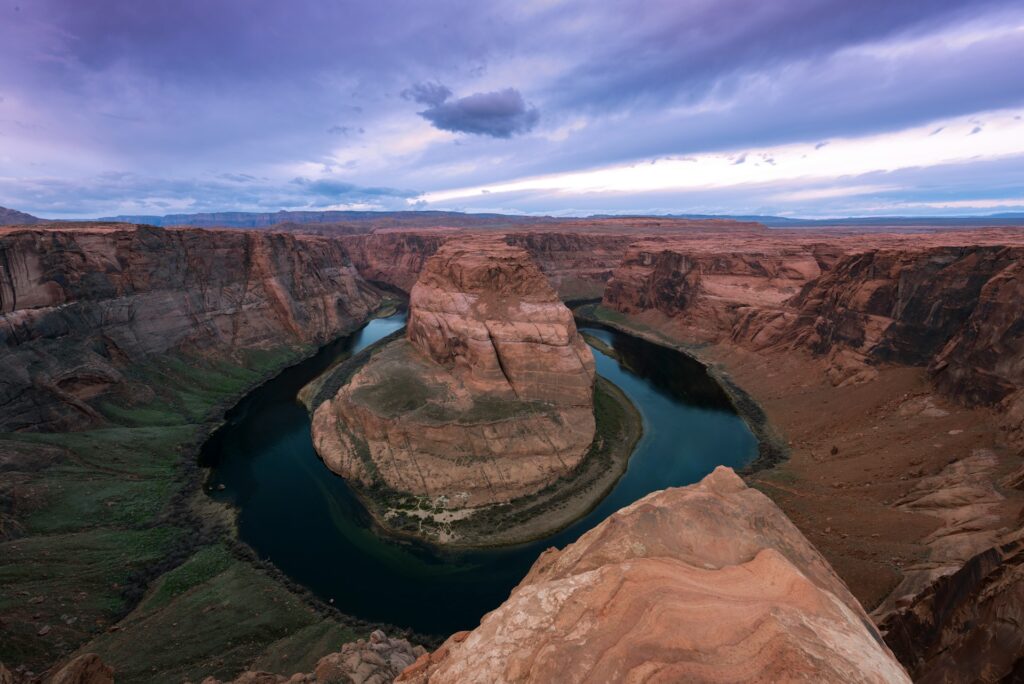
Horseshoe Bend is a dramatic and picturesque natural formation located near Page, Arizona, within the Glen Canyon National Recreation Area. This striking bend in the Colorado River forms a horseshoe-shaped curve that offers breathtaking views and a unique perspective on the river’s flow. The sheer cliffs and the vibrant colors of the surrounding rock create a stunning visual contrast, especially at sunrise and sunset when the light casts an ethereal glow over the landscape.
Visitors can access Horseshoe Bend via a relatively short hike from the parking area, which leads to a viewpoint overlooking the river’s dramatic curve. The site is a popular spot for photographers, nature enthusiasts, and those seeking a spectacular natural landmark. Its easy accessibility and breathtaking scenery make Horseshoe Bend a must-visit destination for anyone exploring the American Southwest.
Taliesin West
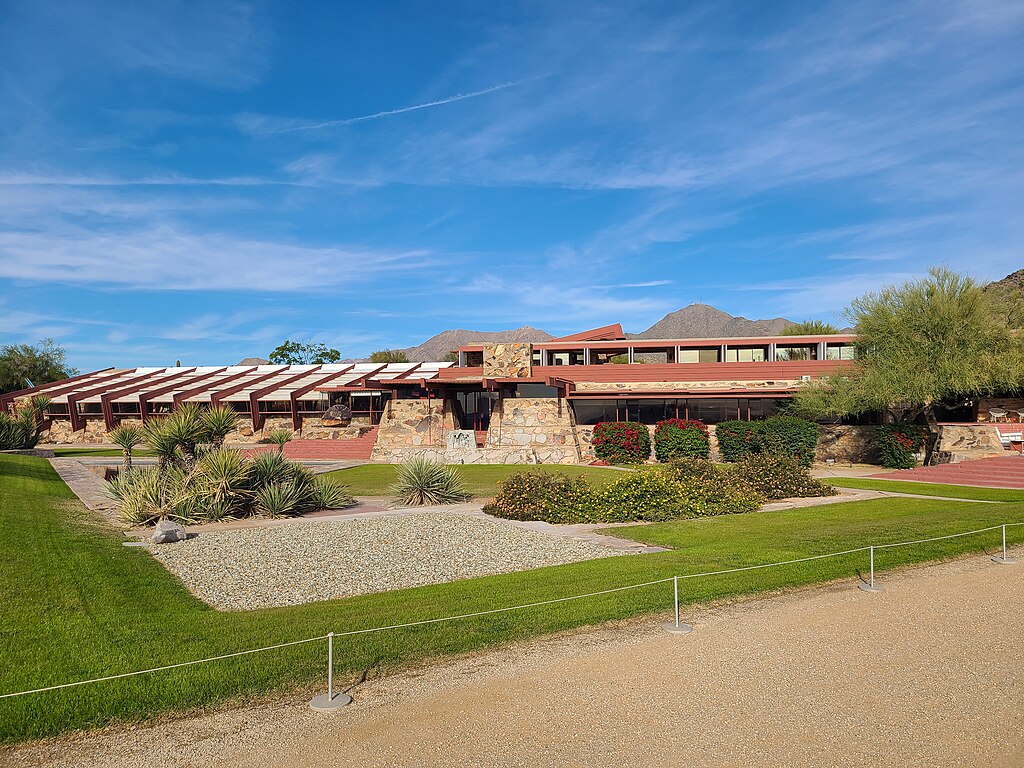
Taliesin West, located in Scottsdale, Arizona, is a renowned architectural marvel designed by the celebrated architect Frank Lloyd Wright. Established in 1937 as Wright’s winter residence and studio, this sprawling desert complex reflects his innovative approach to architecture and his deep connection to the natural landscape. The design incorporates local materials and integrates seamlessly with the surrounding desert environment, featuring open spaces, striking geometric forms, and organic details.
Visitors to Taliesin West can explore guided tours that offer insight into Wright’s design philosophy and the building’s historical significance. The property includes Wright’s living quarters, studio spaces, and extensive gardens, providing a comprehensive look at his creative process and architectural achievements. As a National Historic Landmark, Taliesin West remains a testament to Wright’s vision and his influence on modern architecture.










